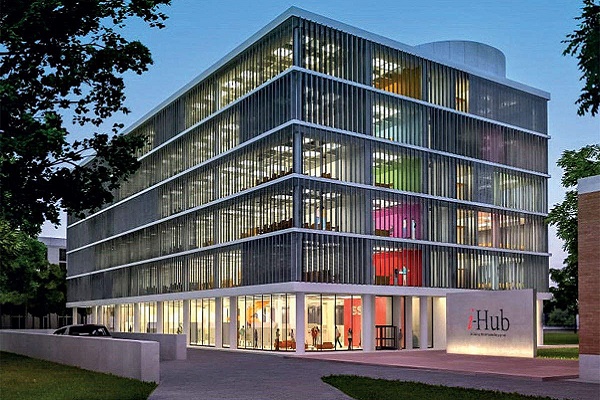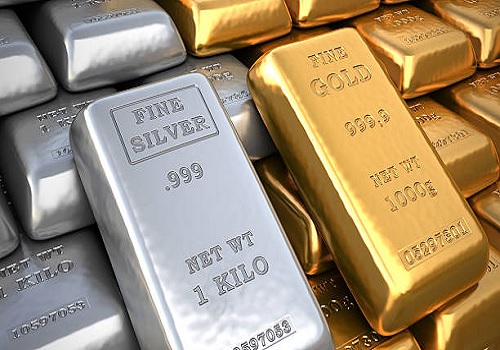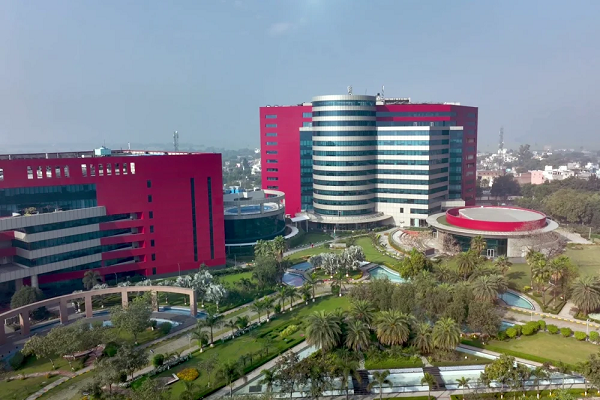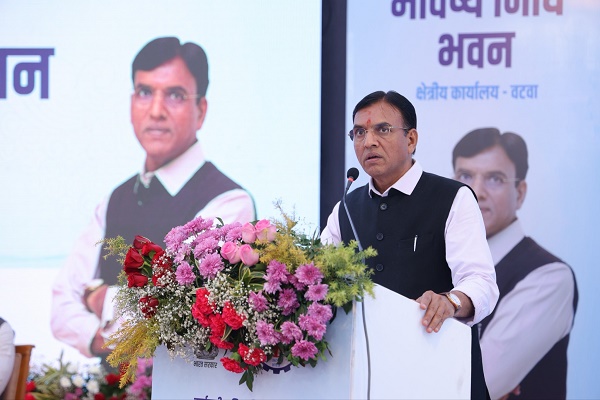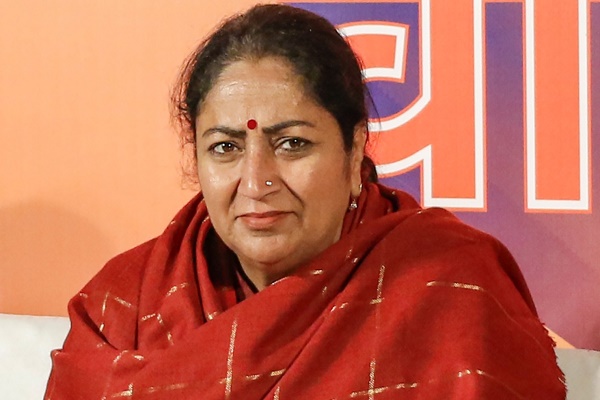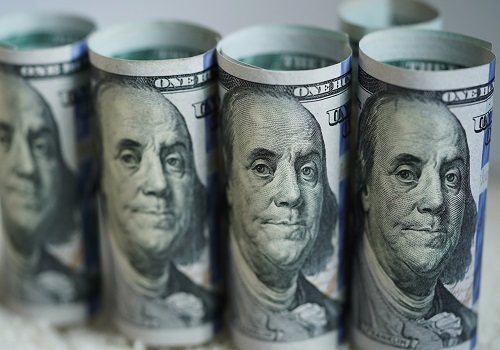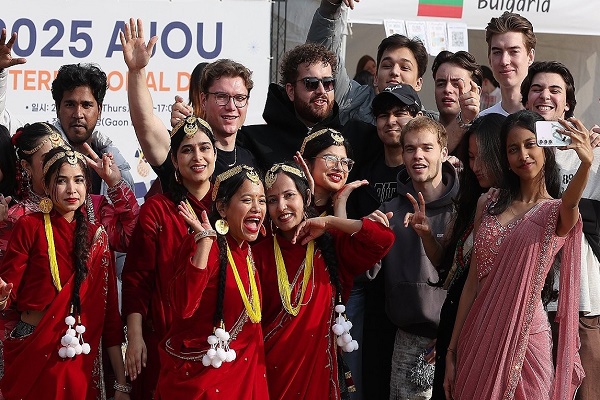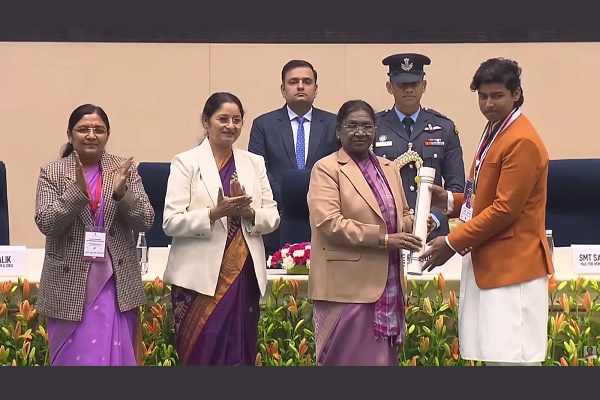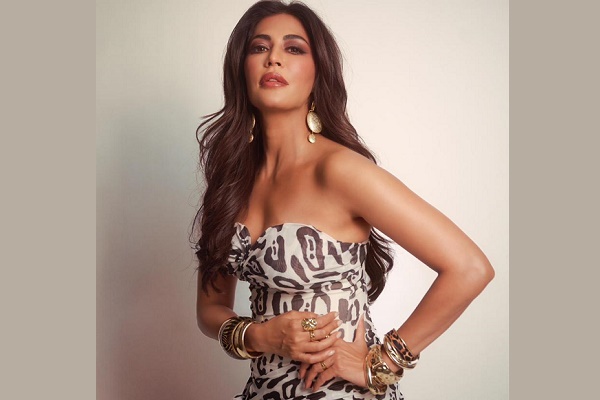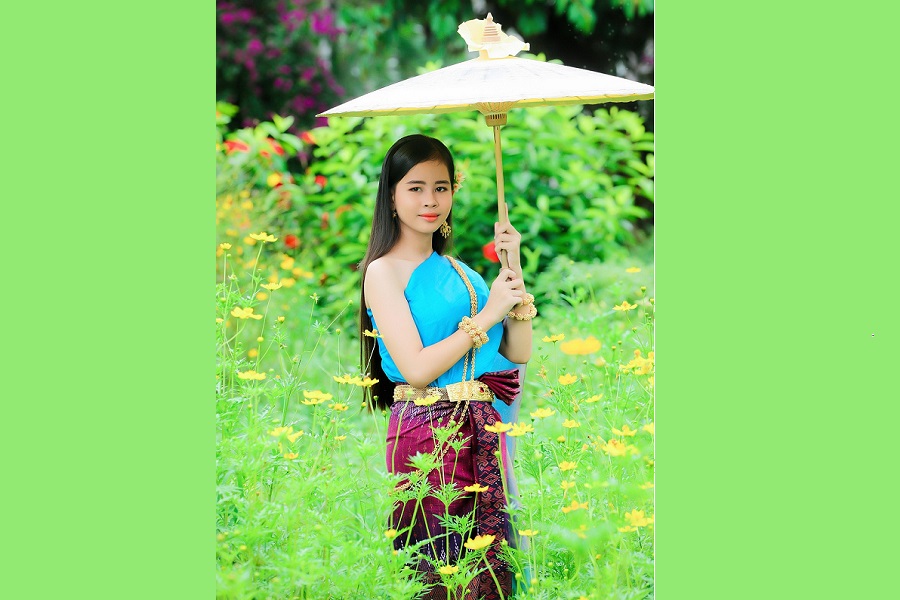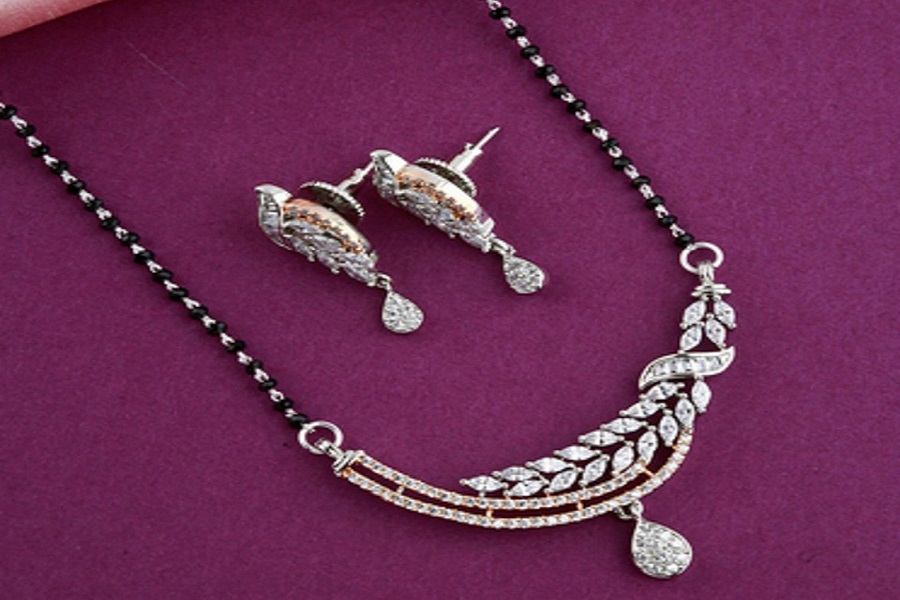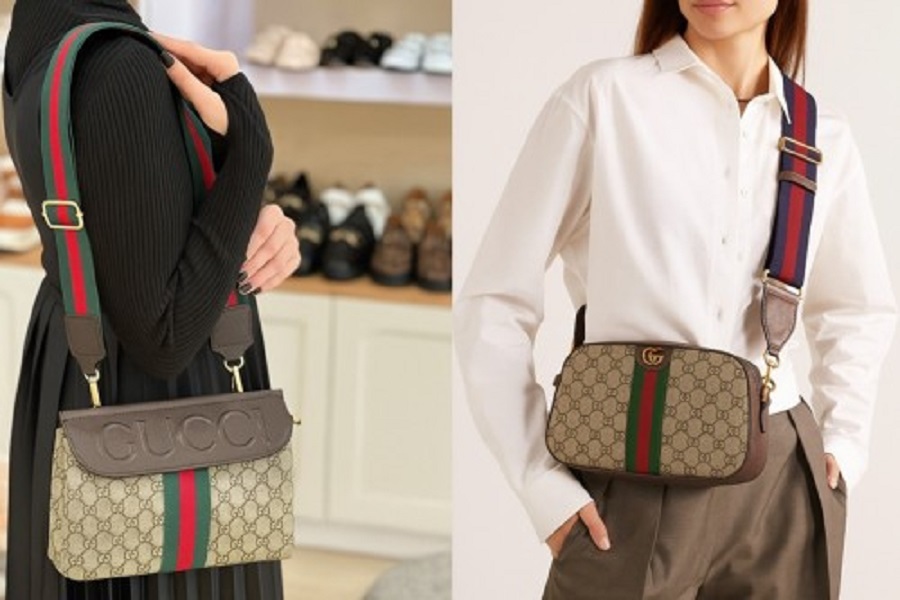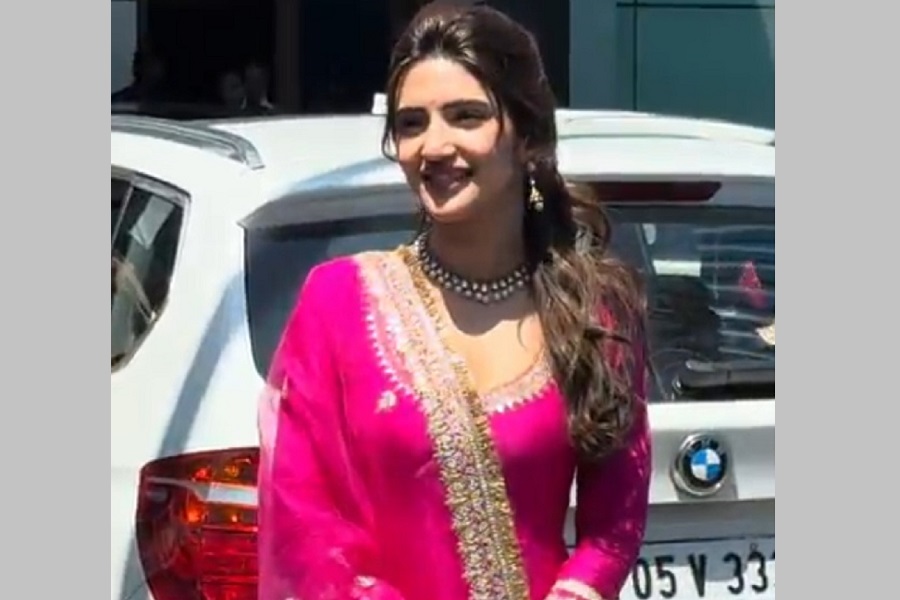Elegance of the Edwardian Era: A Glimpse into Early 1900s Fashion
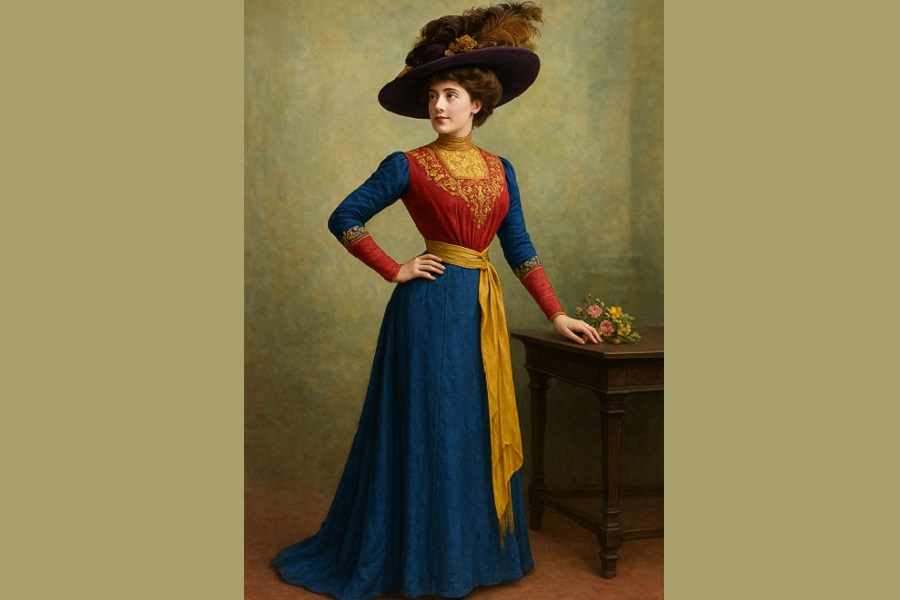
The Edwardian era, which spanned roughly from 1901 to 1910, is remembered as one of the most elegant and refined periods in fashion history. Named after King Edward VII of England, this decade was marked by luxury, sophistication, and a focus on graceful silhouettes. Women’s clothing during this time represented not only personal style but also social class, refinement, and changing cultural ideals.
The image perfectly captures the essence of Edwardian fashion. The woman is dressed in a long, flowing gown that highlights the signature "S-bend silhouette," created with the help of corsets that pushed the chest forward and the hips back. This gave women an upright, statuesque posture that was considered highly fashionable. The bodice of the dress features intricate embroidery and rich detailing, while the wide golden sash at the waist adds contrast and structure to the overall look.
One of the most striking elements of Edwardian fashion was the use of luxurious fabrics and vivid colors. Designers often used silks, satins, lace, and fine wool to create dresses that looked regal and polished. Embellishments such as lace inserts, beadwork, and gold embroidery made garments appear ornate and unique. This attention to detail is clearly reflected in the gown shown in the image, where artistry and elegance are combined to make a lasting impression.
The wide-brimmed hat, decorated with feathers and flowers, was another hallmark of Edwardian women’s style. Hats were not just accessories; they were statements of wealth, taste, and individuality. A well-designed hat completed the outfit and often drew as much attention as the dress itself. In this portrait, the purple hat adorned with a dramatic feather emphasizes both grandeur and sophistication, which were highly valued at the time.
Edwardian fashion also carried a sense of transition. While it still maintained the grandeur of Victorian style, it moved toward lighter fabrics and simpler lines, setting the stage for the dramatic changes of the 1920s. This was the age when society began shifting toward modernity, and women’s fashion gradually reflected more freedom of movement and less rigid formality.
Today, Edwardian fashion is admired for its timeless elegance. Costume designers, fashion historians, and enthusiasts continue to draw inspiration from this period because it represents a balance of grace, artistry, and refinement that remains unmatched. The Edwardian woman, with her flowing skirts, ornate bodices, and commanding hats, continues to symbolize an era where beauty was celebrated in every detail of dress.
Would you like me to also expand this into a comparative piece showing how Edwardian fashion evolved into the freer, bolder styles of the 1920s? That would make the description even more detailed.
